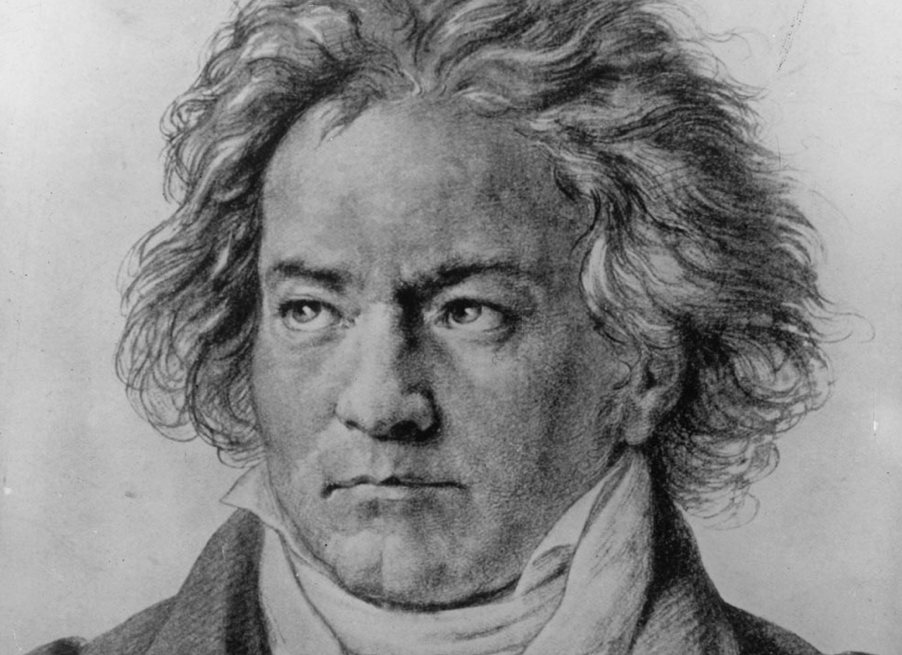Man is a pattern-seeking animal. To understand anything—from brewing coffee in the morning to understanding Trevor Noah’s jokes at night—we need to see patterns. When we “get” the pattern, we can understand complexity within the pattern.
The catchier we can make the pattern, the easier it is for the reader to follow along—and get invested emotionally.
Consider, for example, the most famous piece of music in the western world, Beethoven’s Fifth Symphony. Everyone knows the opening, the foreboding four notes that announce, in Beethoven’s own words, “death knocking upon the door.” The piece has been imitated everywhere, from the Beatles’ song “Because” to the disco classic “A Fifth of Beethoven.” The Allied forces in World War II used the piece as its victory march, since the opening motif spells out V (for victory) in Morse code.
Go anywhere in the world, whistle or hum those four bars, and you will get an instant look of recognition. Why?
It’s not just that Beethoven makes such a bold statement. Think about how he does it. He starts with triangles: DA da da DUM. That three-part structure looks and feels like Aristotle’s narrative arc. We see a clear beginning, middle, and end. The beginning establishes the theme, the middle moves it forward, and the end brings closure.
 We could also look at Beethoven’s Fifth as a simple march of notes and themes, one leading to the next. This march of notes could look like a straight chronology—a long line of experiences, with clear movement and direction, going in one direction. Again, a complete experience with closure.
We could also look at Beethoven’s Fifth as a simple march of notes and themes, one leading to the next. This march of notes could look like a straight chronology—a long line of experiences, with clear movement and direction, going in one direction. Again, a complete experience with closure.
Or we could see the piece as an endlessly repeated cycle, with the same themes different only in the details.
Finally we could experience a movement back and forth, from heaviness to lightness. We experience power, energy, excitement, and dread from the pounding notes; then we experience lightness, sweetness, and hopefulness from the light notes.
All the structures of writing in one thirty-seven-minute symphony! Maybe the best piece moves forward, one moment after another … three steps at a time, like a triangle or an arc … with a recurring cycle, which advances and develops the piece’s themes … yo-yoing, back and forth, from heaviness to lightness, from specificity to generality.
An interesting thought, anyway: Beethoven’s Universal Theory of Composition.


